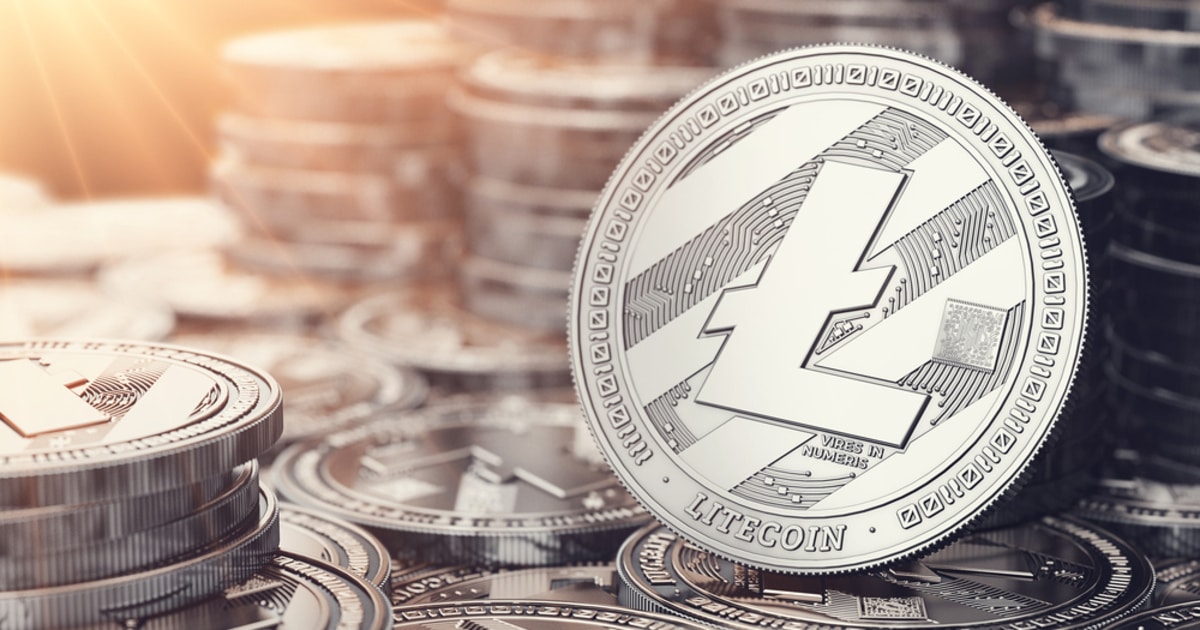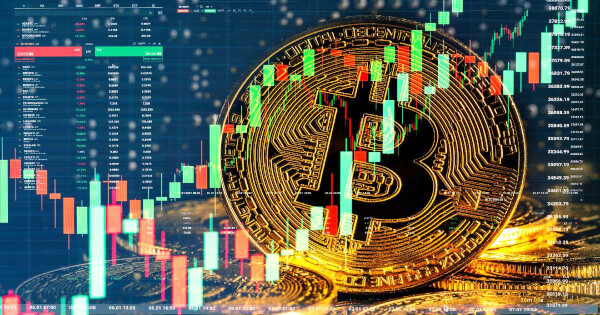
Economic bubbles occur when the price of an asset, such as stocks or real estate, is driven up artificially and becomes disconnected from its underlying value.
An economic bubble is a time of fast economic expansion that is driven by speculative enthusiasm and excessively high asset prices. A bubble is characterized by an increase in demand for an asset, such as commodities, stocks or real estate, which drives up its price. A number of factors, including easy access to credit, low interest rates and investor optimism, frequently combine to create financial bubbles.

The asset’s price rises as more individuals invest in it, luring even more capital. Its price eventually falls below a level that can be sustained, which causes a sell-off and a sharp collapse in value. This causes widespread losses for investors and can have a large negative impact on the overall economy.
Here are five significant economic bubbles in history.
Tulip mania (1634–1637)
A financial bubble called “tulip mania” affected the Netherlands in the early 1600s and was based on the price of tulip bulbs. At the time, tulips were a brand-new, exotic flower that was greatly admired for its beauty in Europe. Tulip prices increased along with the rise in demand, reaching previously unheard-of heights before abruptly plummeting.

Numerous investors, including affluent merchants and aristocrats, lost their fortunes when the tulip bubble burst, leaving them with worthless bulbs. Considered one of the earliest historical economic bubbles, the tulip mania is sometimes cited as a warning about the risks of speculation.
The South Sea bubble (1720)
A speculative bubble known as the South Sea bubble developed in England in the early 1700s and was based on the South Sea Company, which had been given a monopoly on trade with South America. The company’s stock swiftly increased in value, sparking a buying frenzy among speculators.

When the bubble burst in 1720, the value of the company’s stock fell precipitously. Many investors lost all of their money, and this resulted in widespread poverty and unemployment. The South Sea bubble had a big influence on the English economy and is regarded as one of the first financial crises in modern history.
The economic crisis also resulted in a decrease in consumer spending, undermining public confidence in the government and the financial system, leading to a general distrust of speculative investment that lasted for several decades.
Railroad mania (1845–1847)
The railroad craze, commonly referred to as the “railway mania” of the 1840s, was a time when the railway sector in Great Britain experienced significant growth. Railroad stock speculation, which saw a fast increase in value and sparked a speculative frenzy, was the primary driver of the bubble. When the bubble burst in 1847, the value of railroad stocks fell, resulting in significant financial losses for everyone.

The railroad mania resulted in severe financial losses for many investors, including affluent people and banks, who lost a lot of money. Because there was less demand for railway shares, there was less spending by consumers, which had a detrimental effect on the whole economy. In the years that followed, speculative investment declined as a result of the financial losses from the railroad mania, which also contributed to a general decline in stock market confidence.
Stock market crash (1929)
The Great Depression was ushered in by the stock market crash of 1929, a turning point in the development of the world economy. The depression was a prolonged worldwide economic downturn that had far-reaching and enduring effects on the global economy.
A speculative stock market bubble lasted for more than a decade and was inflated by a number of causes, including easy borrowing and optimism about the future, which contributed to the disaster.

The bubble burst on Oct. 29, 1929, sending the stock market into a tailspin and generating significant financial losses for everyone involved. The Dow Jones Industrial Average (DJIA) experienced a loss of nearly 25% of its value on that day, which is commonly referred to as “Black Tuesday.”
The DJIA lost nearly 89% of its overall value over the period of several months, from its high in September 1929 to its low point in July 1932. High unemployment, widespread poverty, bank failures and a decrease in crop prices were only a few of the far-reaching effects of the catastrophe.
Dot-com bubble (1995–2000)
The dot-com bubble was a financial bubble that took place in the late 1990s and early 2000s as a result of the internet’s explosive expansion and the dot-com enterprises — e.g. eBay, Google, Amazon, Yahoo and TheGlobe.com — that emerged during this time. Dot-com stock speculation, which saw a fast increase in value and subsequent speculative frenzy, was the primary driver of the bubble.

When the dot-com bubble burst in 2000, it resulted in massive financial losses and a decline in the value of dot-com stocks. The dot-com bubble had a tremendous effect on the world economy and played a big role in the early 2000s economic recession.

You can get bonuses upto $100 FREE BONUS when you:
💰 Install these recommended apps:
💲 SocialGood - 100% Crypto Back on Everyday Shopping
💲 xPortal - The DeFi For The Next Billion
💲 CryptoTab Browser - Lightweight, fast, and ready to mine!
💰 Register on these recommended exchanges:
🟡 Binance🟡 Bitfinex🟡 Bitmart🟡 Bittrex🟡 Bitget
🟡 CoinEx🟡 Crypto.com🟡 Gate.io🟡 Huobi🟡 Kucoin.

















Comments